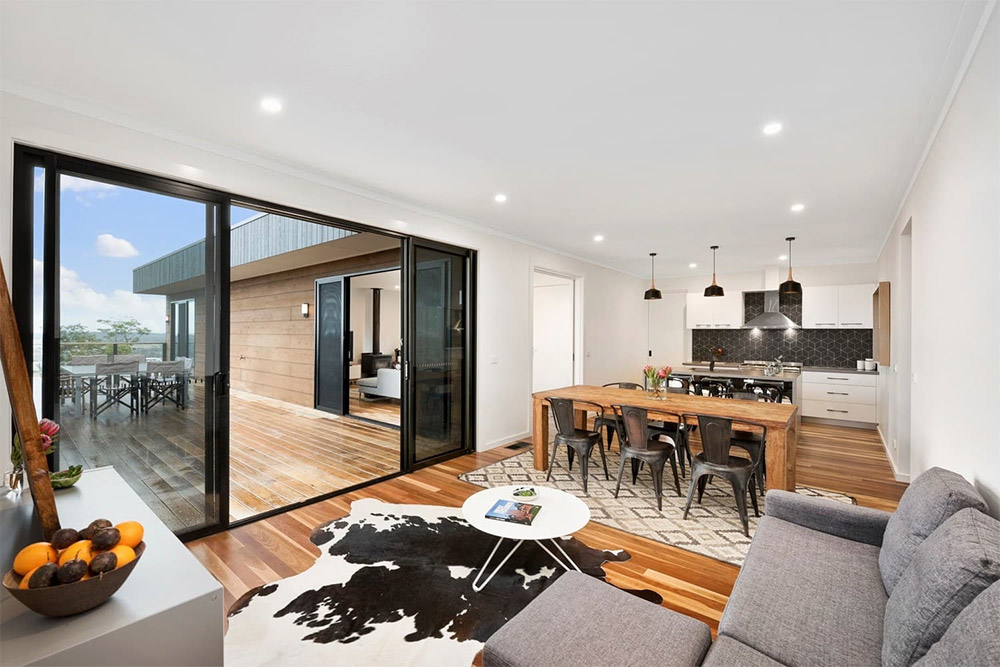 When you build a new home, finding the right balance is key. Your design needs to be a good fit for your family, lifestyle, location and budget, while also providing value for money on your investment.
When you build a new home, finding the right balance is key. Your design needs to be a good fit for your family, lifestyle, location and budget, while also providing value for money on your investment.
Ticking all these boxes is no easy feat – but with the right approach and knowledge it is achievable. By making smart design choices, you can build your dream home without overcapitalising. So, to help you get the balance right on your project, in this article we’ve compiled our top tips and considerations to help you avoid overcapitalising on your new home.
Consider Your Location
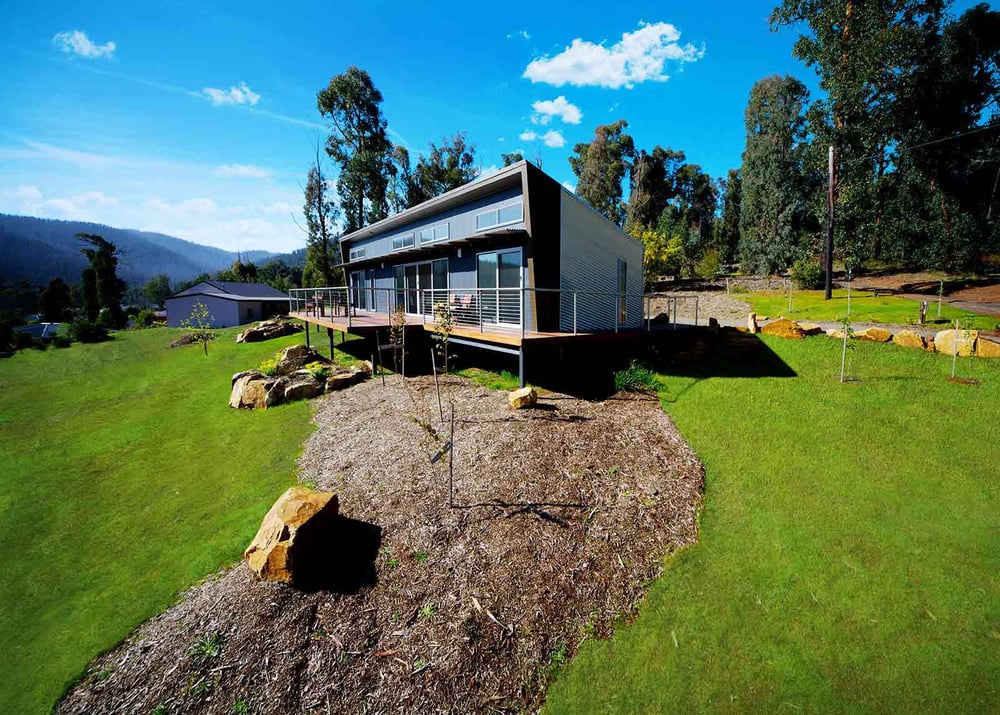 It’s really important that your new home is a good fit for your location – both aesthetically and in terms of cost. When choosing your design, look at the average market value of houses in the suburb, as well as the style of homes that are predominantly featured. While you shouldn’t feel too limited, choosing a design that blends with the surrounds and is in the right price bracket to hold or increase its value is recommended.
It’s really important that your new home is a good fit for your location – both aesthetically and in terms of cost. When choosing your design, look at the average market value of houses in the suburb, as well as the style of homes that are predominantly featured. While you shouldn’t feel too limited, choosing a design that blends with the surrounds and is in the right price bracket to hold or increase its value is recommended.
For example, if you are building in an older suburb with traditional-style homes, opting for an ultra-modern, sleek design will just look out of place. On the other hand, if you’re building in an eclectic coastal town, you can be more creative without affecting your resale value.
Choose the Right Design
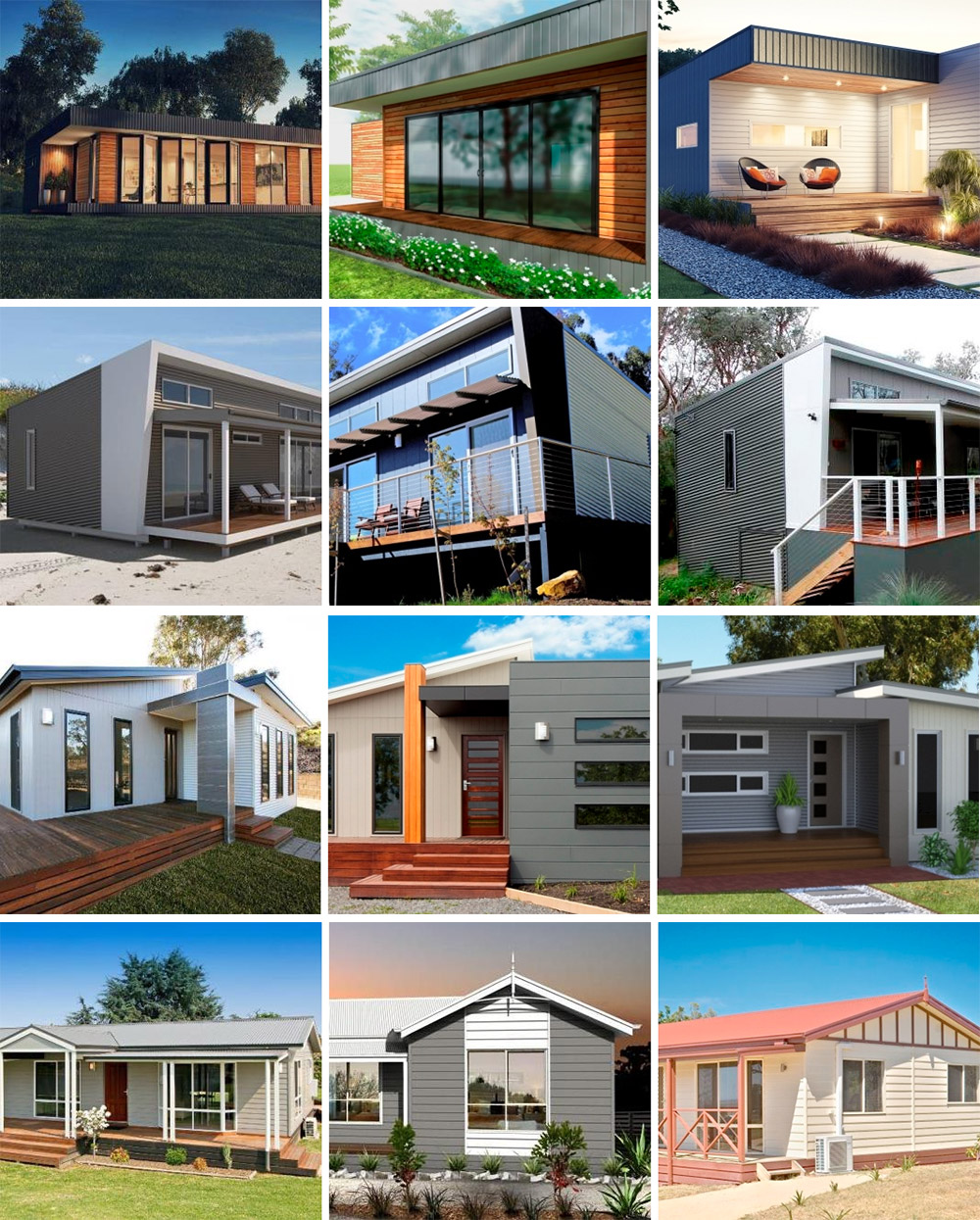 Once you’ve carefully considered the ins and outs of your location, it’s time to choose your design. Start by narrowing it down to those that fit your suburb, then identify the features and elements you and your family need to be comfortable. When you have a shortlist, look at the size, features and price of each home, and make your choice from there.
Once you’ve carefully considered the ins and outs of your location, it’s time to choose your design. Start by narrowing it down to those that fit your suburb, then identify the features and elements you and your family need to be comfortable. When you have a shortlist, look at the size, features and price of each home, and make your choice from there.
Be Smart with Your Upgrades
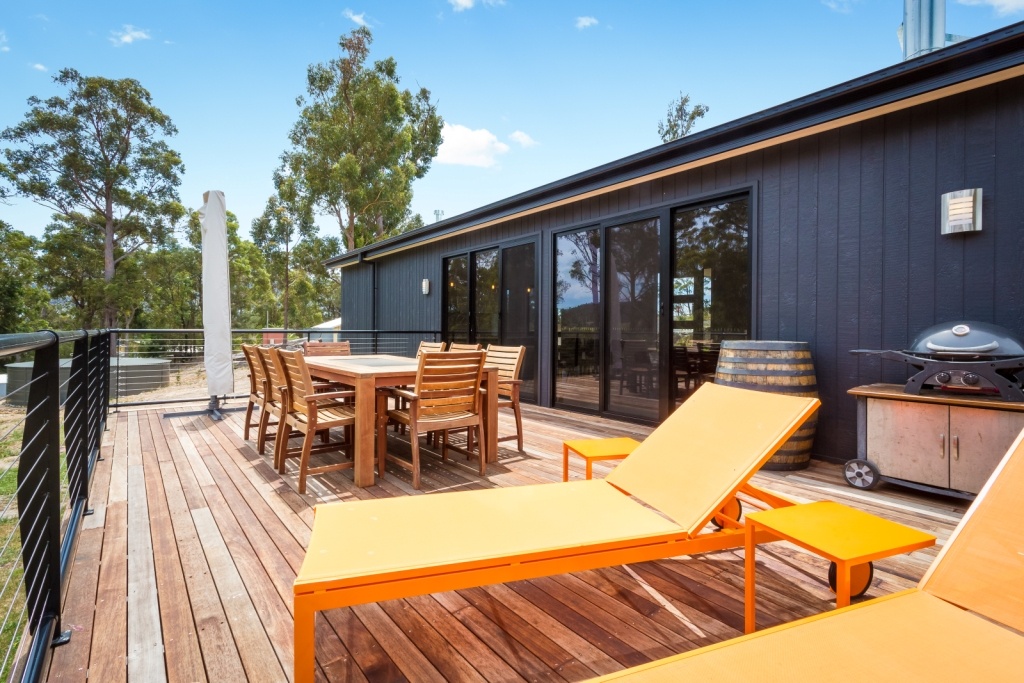 The best builders have a large and extensive range of inclusions, which means you can build your home to completion without spending extra. But, if you can fit them in, some well-chosen upgrades can add value, make your life easier and enhance your enjoyment of your new home. On the flipside, this is one area where budgets can be blown, and money can be wasted. If your list of wants is a little long, it can be helpful to prioritise what you should do now and what you can do later.
The best builders have a large and extensive range of inclusions, which means you can build your home to completion without spending extra. But, if you can fit them in, some well-chosen upgrades can add value, make your life easier and enhance your enjoyment of your new home. On the flipside, this is one area where budgets can be blown, and money can be wasted. If your list of wants is a little long, it can be helpful to prioritise what you should do now and what you can do later.
Flooring, benchtops and tapware are all examples of features that it’s a good idea to get right from the start, so upgrading here if you have a particular style or preference is common. Other items such as carports and decking that are not essential to have, can be added later when there is additional equity available.
Consider Potential Income
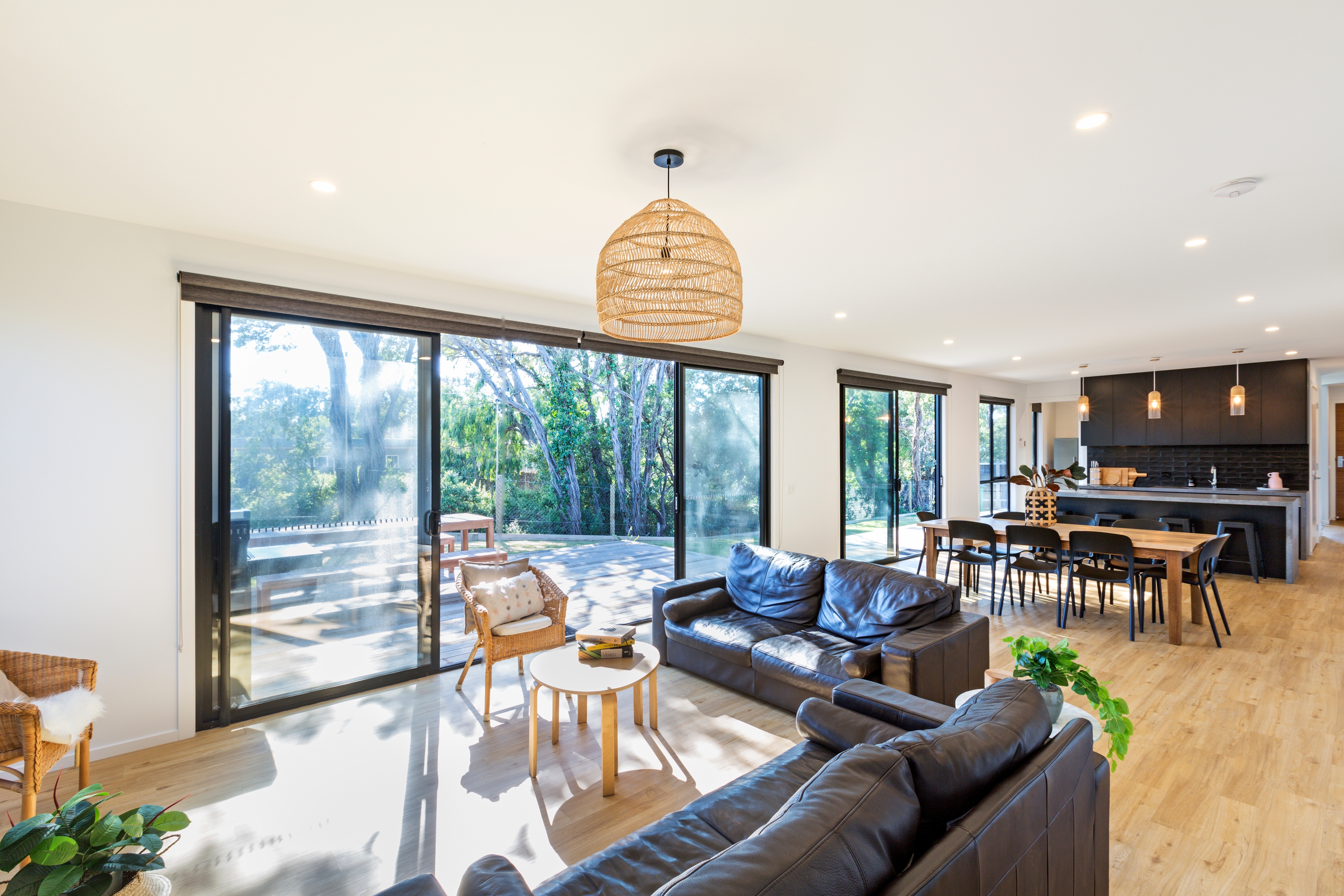 If you’re building a holiday rental, your priorities will be slightly different. Potential guests are often looking for a home with a bit of luxury and wow factor, so upgrading your lighting, kitchen, bathroom and decking is money well spent. By building a house that stands out from the crowd, you’ll attract more visitors and generate more rental income.
If you’re building a holiday rental, your priorities will be slightly different. Potential guests are often looking for a home with a bit of luxury and wow factor, so upgrading your lighting, kitchen, bathroom and decking is money well spent. By building a house that stands out from the crowd, you’ll attract more visitors and generate more rental income.
A great example of this is shown in our Rye 4-bedroom project, where smart upgrades including pendant lighting, Caesarstone benchtop, large decking and an in-built television and fireplace have added plenty of style and comfort to this popular Airbnb holiday home.
Arm Yourself with Knowledge to Make the Right Choices
When you are clear on the specifics of your location and can effectively prioritise your upgrade choices, you are well on your way to building a new modular home with plenty of value. And if you find you are struggling to strike the right balance, your project consultant can offer expert advice and guidance to ensure you get it right.
Over to You
Do you have a question about overcapitalising? Or maybe you have some advice to offer others? We’d love to hear from you – simply post a comment below or get in touch on 03 5145 7110.
